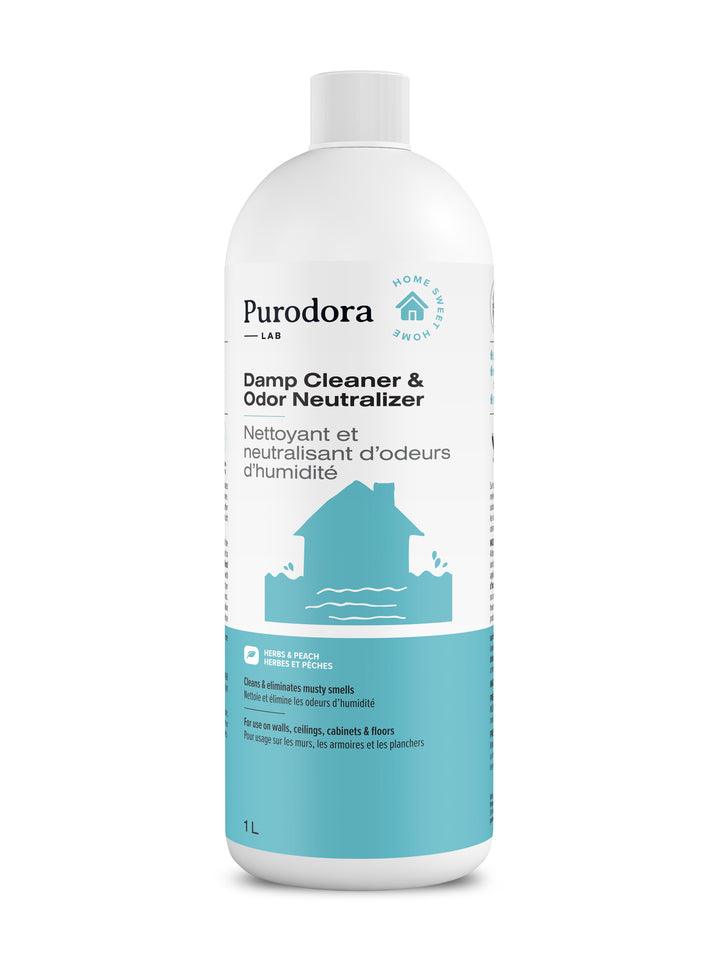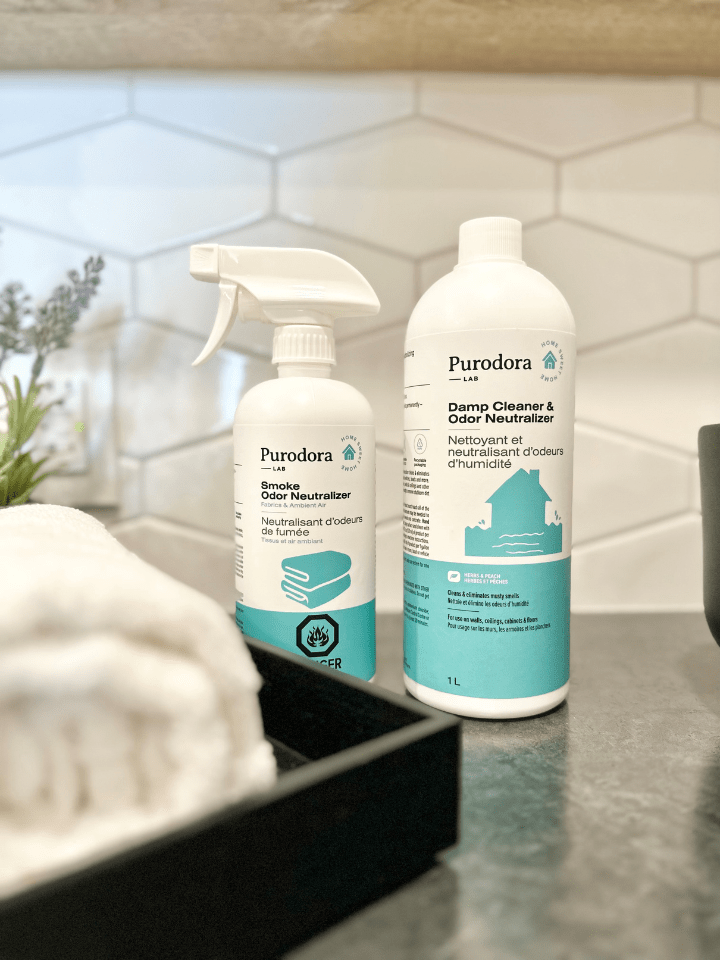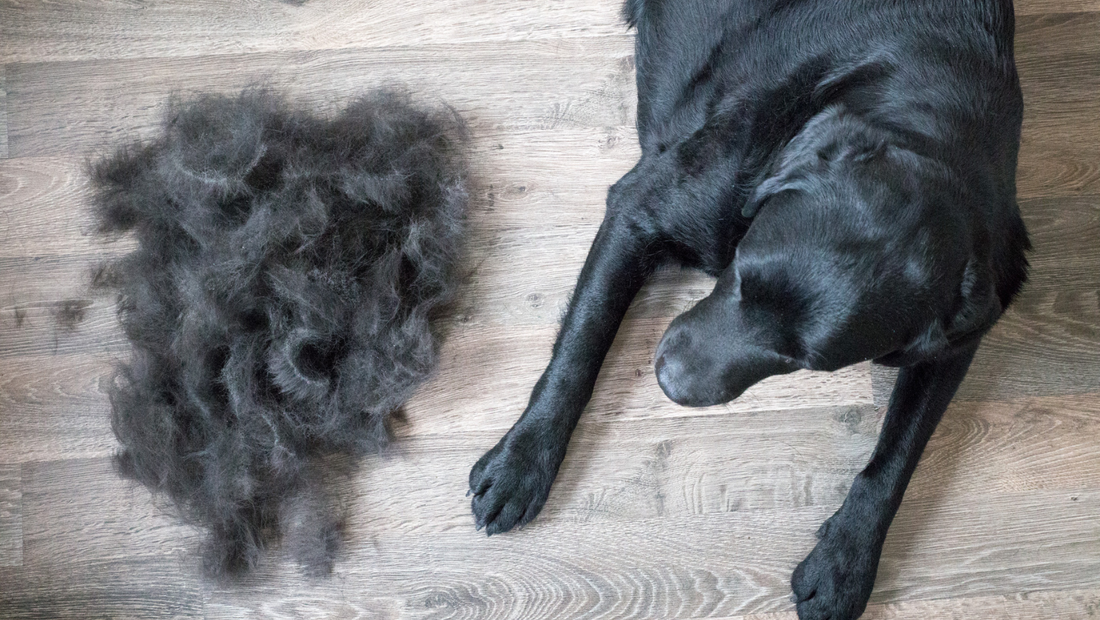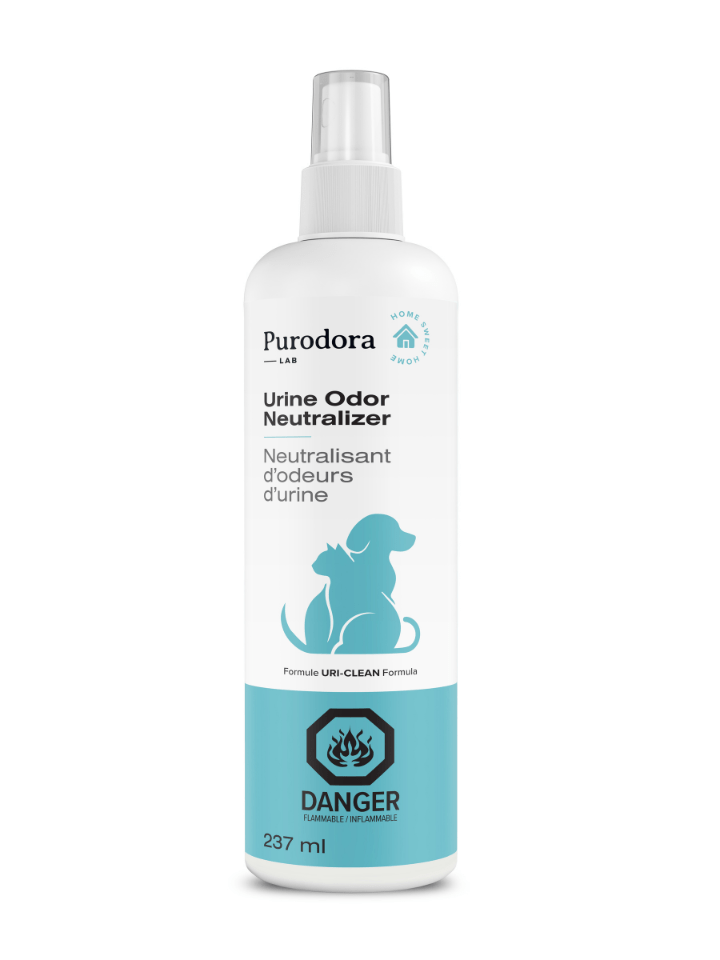Does your basement have a damp smell? Walls feel slightly wet to the touch? Noticed any water infiltration lately? These are all clues that you might have a humidity problem in your home.
Before tackling the problem, you first have to figure out the cause. Is your home built on loamy soil? Do you have a crack in the foundation or a leaky window? Ever had plumbing problems or a backed-up sewer in the past? Once you know the cause of your damp basement, you can address the problem head-on.
How to identify humidity problems in a basement
There are several clues that can indicate a humidity problem in a home. Start by inspecting the home’s interior and exterior to make sure there aren’t several problems causing the excess humidity in the basement.
If your basement smells damp, look for tell-tale signs such as:
- White spots on concrete
- Blackened gypsum panels
- Rotting wood floors or walls
- Condensation on windows
- Damp carpets
- Deterioration or damage around exterior windows, the chimney or brickwork
- Mold around cornices
These signs will help you identify the root of the problem.
How to get rid of damp smells in concrete, carpet or wood
If your basement smells damp, treat all damp or musty-smelling surfaces with Damp Odor Neutralizer (safe to use on carpets, concrete, wood, etc.). Just follow the instructions on the label.
Also eliminate the musty smell in the ambient air:
- Dilute 1/2 cup (120 ml) of Damp Odor Neutralizer in 1 gallon (4 liters) of water.
- Moisten a clean cloth with the mixture and hang it over a stand fan.
- Run the fan in the musty-smelling room for an hour or two.
- Repeat as needed.
Got a more serious problem on your hands? Contact the Purodora Lab team. We’ll be happy to help you find a solution.
Got a question about Purodora Lab products? Write to us or give us a call! We care about your satisfaction and will be happy to answer all your questions!








